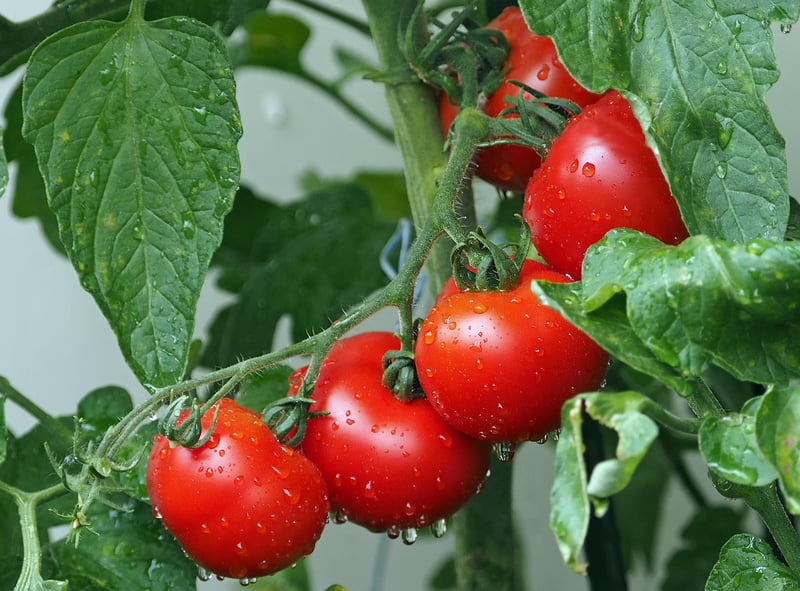Sunlight Requirements
Essential Care Guidelines for Your Plants
Introduction
Welcome to our guide on essential care guidelines for your plants! Whether you are a seasoned plant enthusiast or just starting out with your green thumb, these tips will help you keep your plants healthy and thriving.
Watering
One of the most crucial aspects of plant care is proper watering. Different plants have different water requirements, so make sure to research your specific plant's needs. Generally, it's better to underwater than overwater, as too much water can lead to root rot.
Lighting
Light is essential for photosynthesis, the process by which plants make food. Most plants require sunlight to thrive, but the intensity and duration of light can vary. Here are some common sunlight requirements:
Full Sun Plants
Plants that require full sun need at least 6 hours of direct sunlight each day. Examples include tomatoes, peppers, and roses.

Partial Sun/Partial Shade Plants
These plants thrive in 3-6 hours of sunlight per day. Examples include impatiens, begonias, and ferns.

Low Light Plants
Plants that can survive in low light conditions, such as offices or north-facing windows, include snake plants, pothos, and peace lilies.

Temperature and Humidity
Most indoor plants prefer temperatures between 60-75°F (15-24°C) and moderate humidity levels. Be mindful of drafts, as well as sudden temperature fluctuations.
Fertilizing
Fertilize your plants during the growing season with a balanced fertilizer. Follow the instructions on the product label and avoid over-fertilizing, as it can harm your plants.
Pest Control
Regularly inspect your plants for pests like aphids, spider mites, and mealybugs. If you notice any infestations, treat them promptly with insecticidal soap or neem oil.
Conclusion
By following these essential care guidelines, you can ensure that your plants stay healthy and beautiful. Remember that each plant is unique, so observe them closely and adjust your care routine as needed. Happy gardening!
